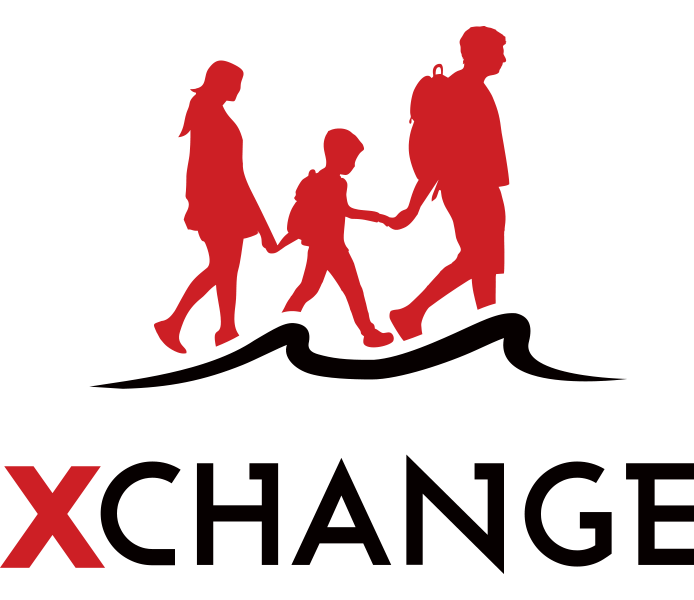On February 24th, 2022, Russian forces launched a strongly anticipated “special operation” along the Eastern border of Ukraine; pushing deep into the regions of Donetsk and Luhansk and eventually taking the key strategic cities of Mariupol and Kherson. As a result, Europe has witnessed the largest forced displacement since World War II. One year later we explore how the conflict has impacted migrants, the routes they are traveling along and the responses pursued by European countries.
The armed conflict along Ukraine’s Eastern territories has had a devastating impact on civilians and their access to the most basic of needs. Indiscriminate and unproportional shelling of civilian areas by the Russian military has destroyed key infrastructure including energy production plants as well as the very roads that allow humanitarian access. As a consequence, civilian casualties have been numerous; the UN stated in early January that nearly 7,000 civilian fatalities had been confirmed in Ukraine (HRMMU). The millions of Ukrainians who have not yet fled from areas exposed to conflict face a breakdown in basic living conditions as well as the ceaseless threat of violence. It is therefore not surprising that a third of Ukrainians have been displaced (UNHCR) and an estimated 18 million people are in need of humanitarian assistance (ICMPD). Many of these individuals are located in Russian annexed territory and face a variety of additional challenges impeding their ability to relocate as well as a litany of human rights violations.
Estimated Location of IDPs by Macro Region Source: IOM, 2022, as of 5 December 2022.
The Kremlin has pursued a policy of weaponised migration that has caused an extraordinary amount of hardship amongst migrants and refugees. In November 2021, the Belarusian satellite state was accused of engineering a humanitarian crisis along neighbouring borders by allowing free passage to refugees from conflict stricken Middle Eastern nations, seemingly to pressurise the region before the Russian invasion of Ukraine.
Since October 2022, Russia has granted unrestricted access to African and Middle Eastern airways landing in Kaliningrad – a Russian enclave sandwiched between Poland and Lithuania – and has been accused of preparing to manufacture a migrant crisis in that region. The response by neighbouring countries has been to erect barbed fences along their borders in anticipation of this looming crisis.
Displacement and Mobility Trends Source: IOM, 2022, as of 5 December 2022.
While data from the IOM shows that internal displacements within Ukraine have slowly decreased up until December 2022, a total of 14 million civilians have relocated (internally and externally) according to OCHA. Of these, 5 million have moved to European countries and 2.8 million moved to Russia or Belarus. Poland has thus far been the most popular point of entry into the EU, from where displaced people travel elsewhere, accounting for 65% of all EU entries (UNHCR).
A joint EU/OECD study revealed that the use of human traffickers is a common means of escape and that a majority of respondents experienced threats ranging from violence, emotional/physical abuse, racism or financial exploitation. It is important to note that as a result of imposed martial law and conscription of the Ukrainian male population as of February 2022, women, children, elders and wounded form the bulk of people relocating, entailing specific vulnerabilities and protection needs (MDP).
Conditions of Migrants
Fleeing from conflict zones often materializes as a high stress situation that subjects civilians to hazardous conditions. The causes of civilian casualties range from cardiac arrest, drowning, car accidents, hypothermia to targeted attacks by Russian forces as well as landmines. As reported by the OECD, 63% of surveyed refugees experienced severe hardship as a result of these threats.
The same study revealed that the most common perceived threats that triggered individuals to migrate were: the threat of military actions, actual military actions – and to a lesser extent – the lack of basic needs and fear of torture or gender based violence (GBV). While attempts at recording data on casualties as a result of relocation have been made, they are likely inaccurate due to the challenges associated with determining the nature of specific casualties.
Third Country Nationals
The Ukrainian crisis has been characterized by discrimination of third country nationals (TCNs) and migrants navigating the asylum process within Ukraine. More than half of all TCNs fleeing conflict in Ukraine have reported experiences of discrimination that have limited their mobility and subjugated them to racism and violence.
Temporary Protection Status from the European Union
On March 4th, 2022, the EU council triggered the Temporary Protection Directive (TPD), thus granting temporary protections to Ukrainian nationals and groups that were previously under the protection of Ukraine fleeing the conflict (OECD). However, many Ukrainian nationals who left preliminarily to the implementation of the TPD – in anticipation of the imminent invasion – are not eligible for such protection because of the date they entered the EU. By March 4th, 2022, more than 2 million people had already fled from Ukraine.
An IOM assessment clarifies that financial support, long-term shelter/accommodation and employment, as well as language training, informational support and access to medicine and health care services were the most pressing needs for refugees in Poland.
Final Remarks
Russian strategy has clearly demonstrated its indifference to civilian collateral and even its deliberate use of migrants to achieve the Kremlin’s goals. With 18 million people in need of humanitarian assistance and with many people reaching breaking point, 2023 will likely see an increase in displacement; the ICMPD states that up to 4 million additional refugees will leave Ukraine in 2023. 2023 will likely see new humanitarian crises develop around the Eastern European Region as Putin seeks to further destabilise EU and NATO member nations.
Because of the severe hardships that refugees experience while relocating and because of their particular vulnerabilities, primary and secondary health care and psychological support are needed as a matter of urgency in destination countries. Migrants and refugees will continue to experience further hardship as a result of the conflict and an extraordinary effort must be made on creating frameworks between EU and non EU partners to tackle irregular migration and to allow for safe and legal pathways.



